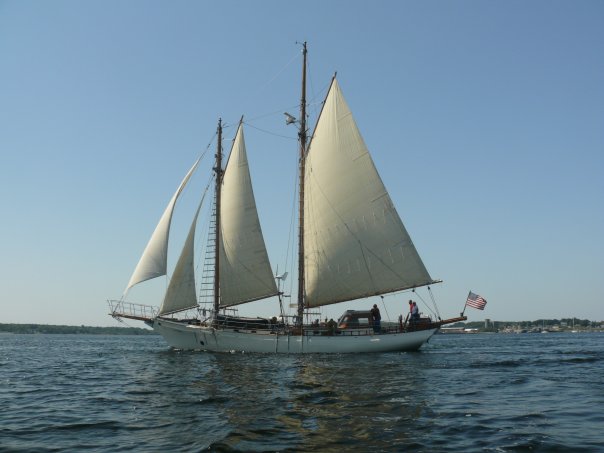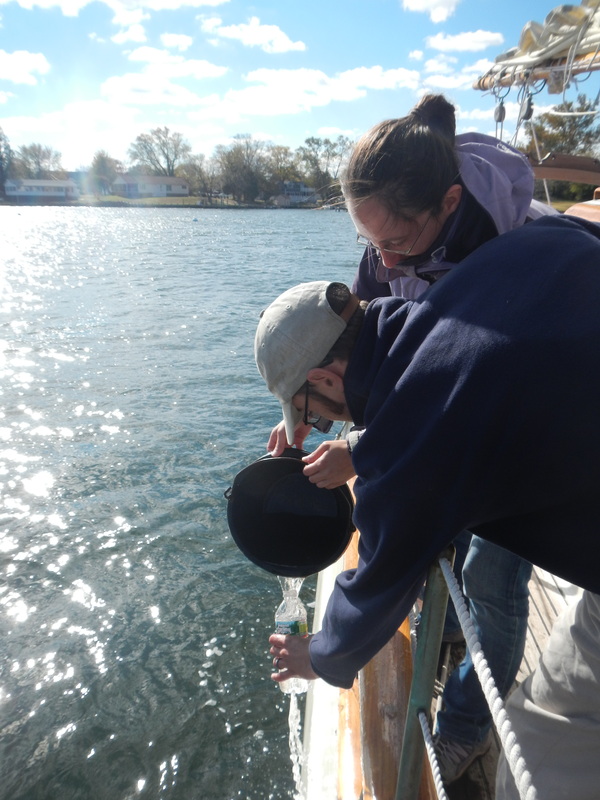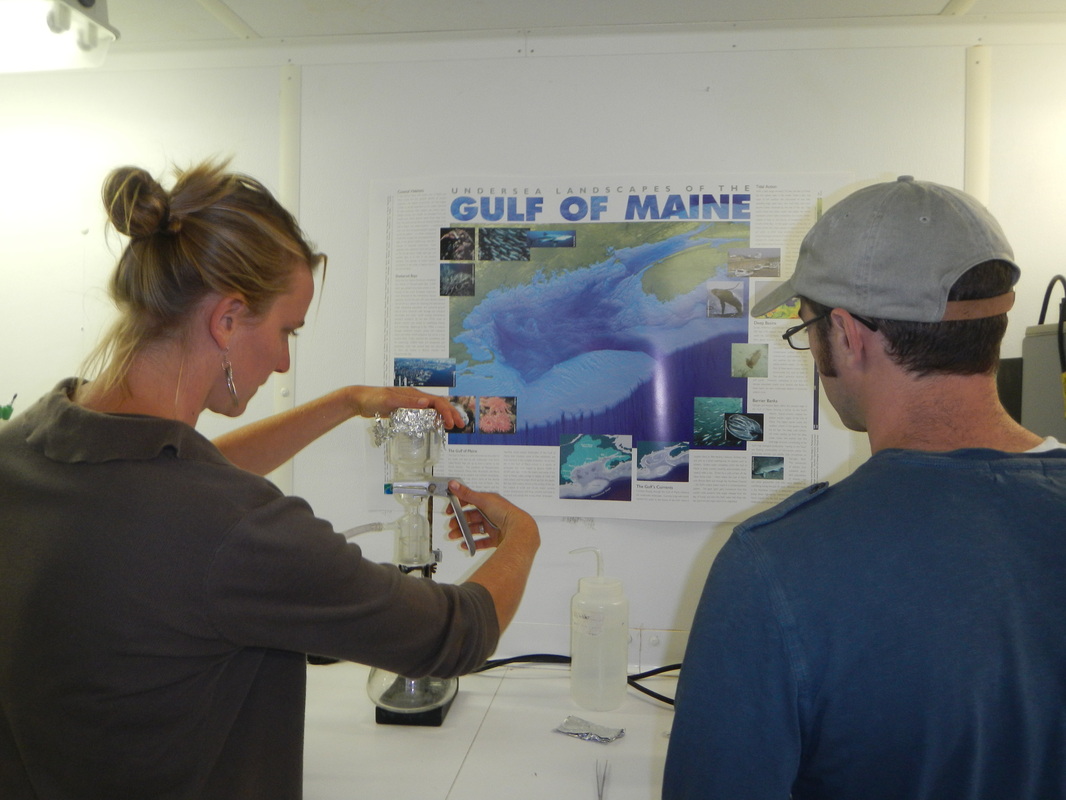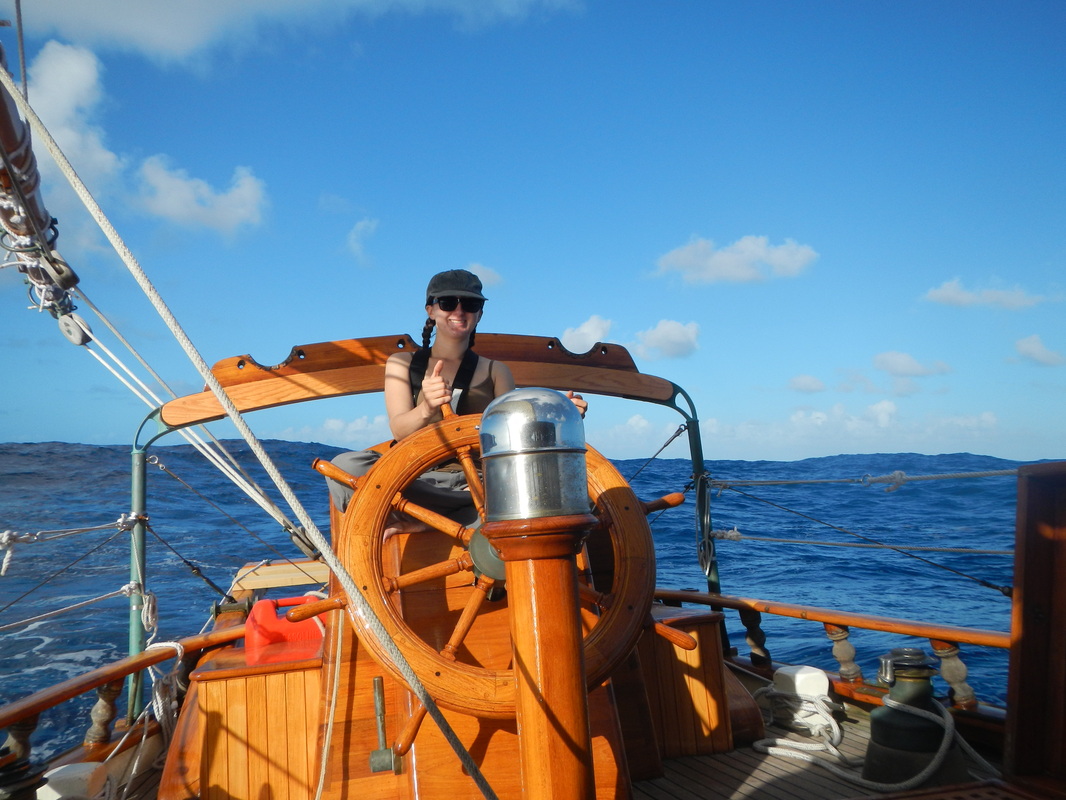Danica & Family Sail the World for Science and Adventure
To say my family is into sailing is a bit of an understatement. Families that are into sailing have little 30-ft sloops and go out on the weekends when the weather is nice. We have a 60-ft gaff-rigged wooden schooner that we’ve spent decades refurbishing, not to mention a 36-ft ketch and bits of another boat that has been dismantled for parts cluttering the front yard of my parents house in Rockland, Maine. Sailing is in my blood. I come from a long line of sea captains, whalers, seafaring merchants, and the like. Some families may celebrate their heritage through traditional foods or dance or music. We go on nearly year-long voyages every decade or so. We are currently out on our second.
Twelve years ago, my parents, brother, and I set out for a 9-month voyage from Maine to the Caribbean and back. I was 16 at the time, my brother was 12. It was the experience of a lifetime. We hiked into the crater of an ancient volcano, had dolphins play in our wake, witnessed the green flash at sunset, and saw a volcanic island erupt as we sailed past. There were less pleasant aspects as well. When we left, we had no electricity, no running water, and no toilet. We had flashlights, a hand pump, and a port-o-potty. And we had our fair share of bad weather. We hit a front with hurricane-force winds and torrential rain during our offshore passage, and we were in it for three days. But despite all this, my brother and I, now in our 20’s, saw fit to not only join our parents on the family schooner, but to bring along our significant others.
As we sailed down the east coast we collected water samples as frequently as possible. Sometimes the weather was rough and we would be bundled up with only our hands exposed to pull up buckets of frigid seawater to pour into duct tape labeled 1 liter bottles. We would record latitude and longitude, wind direction and speed, water temperature, and anything else noteworthy.
My work with MERI and ASC has made me conscious of how pervasive plastics are in our every day lives. Living in the damp marine environment of my family’s schooner Koukla the usefulness and importance of plastics has become even more obvious. It is a constant struggle to keep things dry, and subsequently most everything ends up in some sort of plastic container or other. However, there are small choices we can all make to help reduce plastic waste. For more information on MERI and ways you can help, visit their website: www.meriresearch.org To follow the adventures of the Koukla crew visit our blog: Schoonerkoukla.wordpress.com
Keep up with ASC by subscribing to ASC’s blog, liking us on Facebook and following us on Twitter (@AdventurScience), Instagram (@AdventureScience) and Google+.




